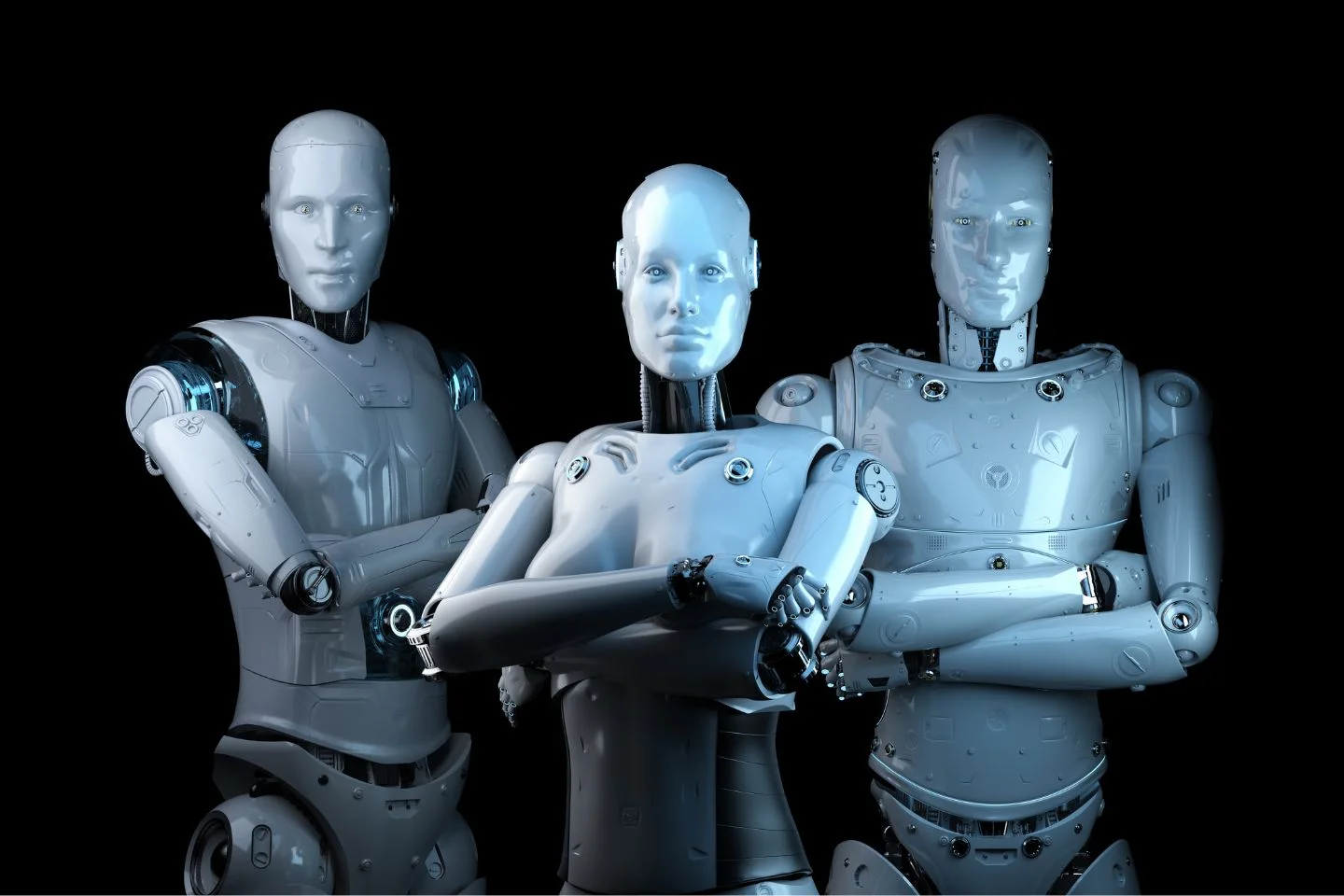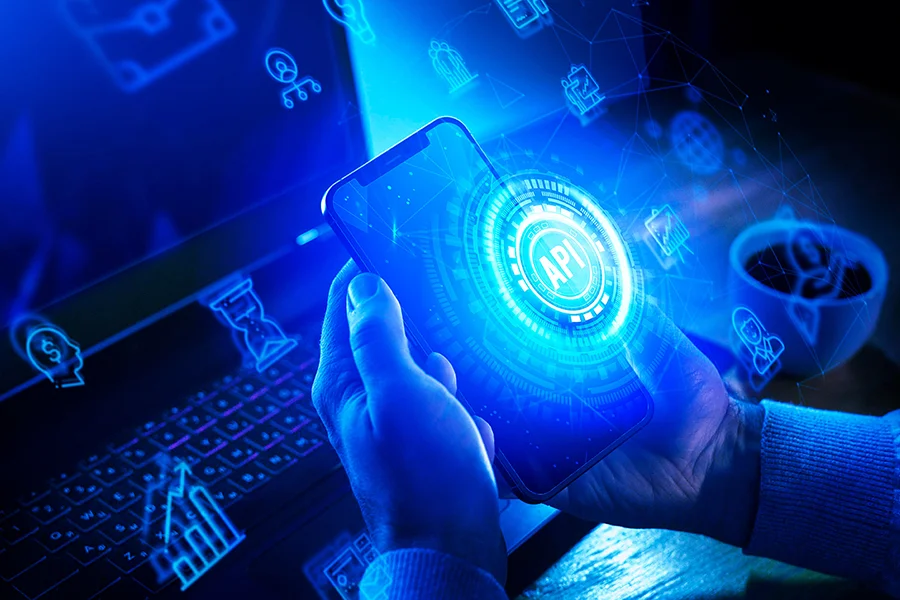Unlocking the Future: The Transformative Synergy of AI and IoT
The technology landscape is constantly being redefined in 2023. The Internet of Things and artificial intelligence are collaborating to transform the fundamental structure of businesses. They demonstrate the vast potential of intelligent connectivity, helping businesses streamline processes, increase customer experience, and realize their full potential.
The convergence of Artificial Intelligence (AI) and the Internet of Things (IoT) has resulted in a new era of interconnected intelligence. This synergy, known as AIoT, has the potential to transform industries, improve daily lives, and enable unprecedented levels of automation and efficiency. We will go into the depths of AIoT Services in this article, covering its definition, important applications, benefits, and the hopeful future it offers for our interconnected world.
What is AIoT?
The integration of artificial intelligence (AI) technology and the Internet of Things (IoT) infrastructure is known as artificial intelligence of things (AIoT). The purpose of AIoT is to make IoT operations more efficient, to improve human-machine interactions, and to improve data management and analytics.
Artificial intelligence (AI) is the simulation of human intelligence processes by machines, particularly computer systems, and is commonly utilized in natural language processing, speech recognition, and machine vision.
The Internet of Things (IoT) is a networked system of connected devices, mechanical and digital machines, or things with unique identities that may transport data across a network without requiring human-to-human or human-to-computer interaction.
How does the Artificial Intelligence of Things (AIoT) work?
AIoT devices incorporate artificial intelligence (AI) into infrastructure components, including chipsets and programs, all of which are interconnected via IoT networks. The seamless operation and communication of all hardware, software, and platform components is achieved through the utilization of application programming interfaces (APIs).
When IoT devices are operational, they generate and collect data, which AI analyzes to deliver insights and improve efficiency and productivity. AI systems gain insights through techniques like data learning.
Key Applications of the Artificial Intelligence of Things (AIoT)
The combination of artificial intelligence (AI) technologies with the infrastructure of the Internet of Things (IoT) empowers IoT devices to gather and scrutinize data in an improved way, thereby facilitating enhanced automation and decision-making.
Here are a few key applications of AIoT:
Hi-Tech Industrial Automation:
AIoT is revolutionizing operations in manufacturing and industrial contexts. IoT sensors collect data from equipment and processes, which AI systems then evaluate to predict maintenance requirements and optimize production. This cuts downtime, boosts efficiency, and boosts overall productivity.
Advanced Healthcare:
Without artificial intelligence and the Internet of Things, modern medicine and patient care are no longer feasible.
Physicians can remotely monitor critical indications, medication compliance, and overall well-being using wearable sensors and associated medical devices. This allows for the early detection and treatment of potential health issues. Furthermore, it reduces the need for frequent face-to-face consultations, which is especially important for people with chronic illnesses or who live in remote areas.
Advanced Agriculture:
AIoT is transforming farming techniques in smart agriculture. IoT sensors gather information on crop health, weather, and soil quality.
To maximize crop yields and resource efficiency, AI models evaluate this data and make recommendations regarding irrigation, fertilization, and pest management.
Smart Homes:
AIoT enables smart home devices to learn and adapt to user preferences. Smart thermostats, for example, can change temperatures based on user activity.
AIoT improves security by utilizing smart cameras and sensors. AI systems can detect strange activity in video streams and send alarms.
Retail:
AIoT is used in retail to improve the shopping experience. Retailers can use sensors to collect data on customer movements, interactions with products, and purchase trends. These sensors collect data on foot traffic, length of stay, and popular product sections, allowing staff to obtain a thorough insight into customer behavior.
Retailers can optimize their supply chain operations by using live inventory monitoring, ensuring the availability of popular products while eliminating surplus inventory.
Energy Management:
Artificial intelligence and the Internet of Things are revolutionizing energy management and conservation in a variety of sectors. Building management technologies like smart thermostats, lighting systems, and appliances record energy consumption data, which AI then analyzes. This procedure finds inefficiencies and suggests ways to improve them.
The combination of artificial intelligence and the Internet of Things has the potential to optimize energy usage on a larger scale, including cities or regions. Algorithms examine patterns of energy consumption, identifying chances for conservation by consolidating data from intelligent meters and meteorological sensors. As a result, utilities and energy suppliers may estimate demand more accurately, distribute resources more efficiently, and eliminate the need for costly infrastructure improvements.
Transportation and Logistics:
AIoT enhances logistics by tracking vehicles and optimizing routes based on real-time data. Predictive analytics can improve fuel efficiency and reduce maintenance costs.
AIoT is integral to the development of autonomous vehicles, enabling them to perceive and respond to their environment.
These applications demonstrate the diverse ways in which AIoT is transforming industries, improving efficiency, and providing new capabilities across different sectors.
The Advantages of AIoT
AIoT brings about various advantages that enhance the capabilities and efficiency of connected devices and systems. Here are some key advantages of the AIoT:
Improved Decision Making:
AIoT systems can analyze vast amounts of data collected from IoT devices in real-time. This analysis enables more informed and timely decision-making.
Enhanced Efficiency:
By leveraging AI algorithms, IoT devices can optimize their operations based on data insights. This leads to increased efficiency in various processes, reducing resource wastage and improving overall productivity.
Predictive Analytics:
AIoT allows for the implementation of predictive analytics, enabling the anticipation of future events or trends based on historical and real-time data. This is particularly valuable for industries like manufacturing, healthcare, and logistics.
Autonomous Operations:
AIoT enables devices and systems to operate autonomously. Devices can adapt to changing conditions, learn from experience, and make decisions without human intervention, leading to more reliable and efficient operations.
Energy Efficiency:
By analyzing data on energy consumption and patterns, AIoT systems can optimize energy usage. This is especially important in smart buildings and cities where energy efficiency is a key concern.
Conclusion:
The successful integration of artificial intelligence into the Internet of Things has laid the groundwork for a fundamental business shift. As industries adopt these technologies, we are seeing the rise of innovative solutions that streamline operations, boost efficiency, and enhance decision-making methods.
Cambay Engineering, specializing in AIoT, significantly benefits businesses by providing tailored expertise in navigating the complexities of Artificial Intelligence of Things.
Additionally, Cambay Engineering addresses critical aspects like data management, security, and compliance, safeguarding the integrity of information collected from IoT devices. Ongoing support, training programs, and performance optimization contribute to the long-term success of AIoT implementations. Ultimately, Cambay acts as a collaborative partner, facilitating innovation and future-proofing AIoT solutions to drive sustained business growth.





